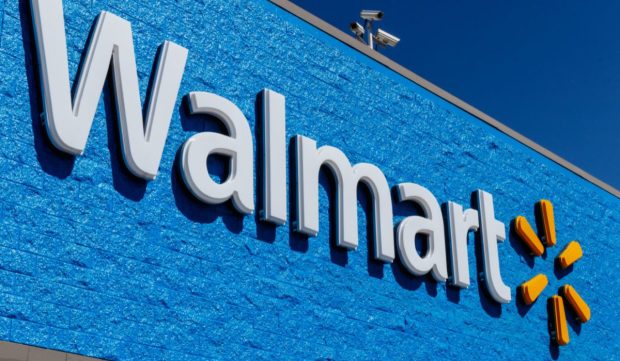Walmart Ups Deliveries by Combining InHome, Walmart+

Walmart’s direct-to-fridge grocery delivery service InHome is now available as an add-on within its Walmart+ membership program, the mammoth retailer announced in a Wednesday (July 6) press release.
The company said in a news release that this move makes two standalone memberships into a single experience, letting members pick a membership plan that works best for them based on the type of delivery service they desire.
Launched in 2019, InHome brings groceries and other essentials to customers’ homes, whether that means their doorsteps or right into their refrigerators, with workers also picking up returns.
Customers had asked Walmart to bring InHome into the Walmart+ fold, as it lets them complete all their membership needs in one space, per the release.
Related: Walmart Hiring 3K Drivers for InHome Direct-to-Fridge Grocery Delivery Expansion
“When Walmart+ members ask for something, we work around the clock to make it happen for them,” said Chris Cracchiolo, senior vice president and general manager of Walmart+. “Our members want options and a shopping experience that is easy to navigate and accommodates their individual needs while saving them time and money — this is true now more than ever.”
Walmart said it is launching the program in a number of new markets, among them Miami, Tampa, Orlando, Dallas, Austin, San Jose and San Francisco, a move that nearly doubles the service’s footprint.
Members of the Walmart+’ $12.95 a month program now have the option of adding unlimited fee-free and tip-free InHome delivery for an extra $7 a month or $40 per year, a cost that is $10 lower than the previous annual pricing for when the two programs were separated.
Learn more: Amazon Takes on Walmart’s Food Lead With Grubhub Partnership
Walmart’s announcement arrived the same day as news that its rival Amazon was expanding its food offerings via a commercial agreement with Grubhub. The agreement will give U.S. Prime customers receive a free one-year Grubhub+ membership to order restaurant delivery without fees. The deal could give Amazon a 2% stake in Grubhub, which could expand to 15% if the move brings the aggregator enough new customers.
PYMNTS’ research shows that Walmart’s food and beverage sales outpace Amazon’s 10 to 1, with the former’s amounting to $245 billion — a 19.2% share of the category — in 2020, and the latter’s just $24.3 billion, a 1.9% share.
As we noted in our report, Amazon could be getting the sense that if it wants to take on Walmart’s dominance in the food sector, it might be better off going after the restaurant category.
